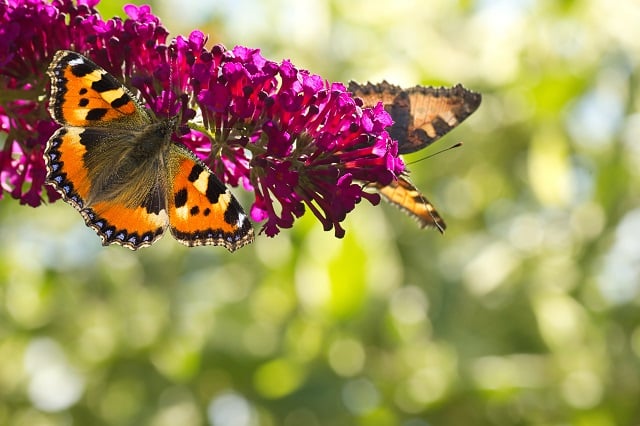
Most people would rather have less, not more, flying insects in their yard. Butterflies, however, are often an exception to that rule. These winged creatures bring colorful beauty and charm to almost any backyard space, and they’re a sight that everyone, from children to adults, can enjoy. Fortunately, butterflies are simple to attract with the help of nectar-rich plants. A butterfly garden is not only stunning to behold, but it also creates a natural habitat that provides butterflies with food and a place to breed and lay their eggs.
You can find landscaping services to help with these projects, but it’s important to first understand what’s needed to build a successful butterfly-friendly garden.
Choose the Right Location
The right location in your backyard is the foundation for a garden that will attract butterflies. A good location is one that gets a minimum of five hours of sunlight per day. Avoid areas where insecticides are often used or where there’s minimal vegetation. It should also provide natural protection or shelter from the wind. Flat rocks and certain plants are good options for shelter. In addition, flat rocks are a place where butterflies can rest and enjoy the sun. Butterflies also need areas where there are puddles.
Water
Puddles of water that form in soil have minerals and salt that are important for butterflies in several ways. These puddles serve both as a source of nourishment and a tool for reproduction. Often, butterflies gather around these puddles, which is a behavior known as “puddling.” Butterflies generally don’t get enough sodium from nectar alone, which makes muddy mineral-rich puddles a necessity. For reproduction, males need these nutrients in excess, as they pass them on to females during the mating process. Females lose this sodium when they lay their eggs.
When planning a garden, people can create places for butterflies to get the water that they need if it does not puddle naturally. One way to do that is to place a shallow pan in or near the garden. Sprinkle dirt or sand at the bottom, and add more water as needed. For a more natural appearance, a pan or bowl can also be partially buried before adding the sand or dirt and the water.
Choose the Right Plants
After finding the right location for the garden and planning out puddling spots if needed, it’s time to choose and add the right plants. It’s necessary to have more than one type of plant to attract an assortment of butterfly species to the garden. When selecting plants, people should consider which butterfly species and which plants are native to the area. A gardener in your area can help you select native plants that will generally provide the ideal type of nectar to attract the butterflies that are common to the region. Additionally, butterfly gardens should not only have nectar-producing plants, but they must also have plants that can serve as food sources for caterpillars. Landscape design services cost about $.03 to $.10 per square foot to plan a full butterfly garden for your home.
Flowers are crucial when it comes to attracting butterflies, particularly their color, fragrance, and shape. In general, most butterflies are not attracted to blooms that are greenish-blue or blue-green. They often prefer red, mauve, pink, lavender, white, or orange flowers. Flora with short tubes, flat tops, large petals, or clusters are also popular for many butterfly species. When planning your landscape and selecting flowers, make sure that they are nectar- and pollen-rich. Strongly scented flowers help attract butterflies, as the scent alerts them that nectar is present. Marigolds, coneflowers, asters, Shasta daisies, lavender, and zinnias are just some of the plants that are suitable for butterfly-friendly gardens. Plants like milkweed, thistle, nettle, and fennel are also decent food sources for caterpillars. If you’re unsure whether you have any of these in your background, use our flower identification guide to find out.
- How to Build a Butterfly Garden in Your Backyard
- Create a Small-Scale Butterfly Garden
- Plant a Butterfly Garden (slide show)
- Basics of Butterfly Gardening: How to Start a Butterfly Garden
- How to Create the Best Garden to Attract Butterflies
- How to Build a Butterfly and Pollinator Garden in Seven Steps
- Creating a Butterfly Garden
- How to Start a Butterfly Garden in Your Backyard (PDF)
- Attracting Butterflies
- Six Ways to Attract Birds and Butterflies to Your Garden
- How to Create a Butterfly and Hummingbird Garden
- How to Build a Butterfly Garden
- Seven Ways to Attract More Butterflies to Your Garden
- Fluttering Through Gardening: Creating a Butterfly Habitat (PDF)
- Why Do Butterflies Gather Around Puddles?
- Butterfly Gardens
- Kansas Healthy Yard: Butterfly Gardens (video)
- Attracting Butterflies: 11 Must-Have Host Plants
- Living With Wildlife: Butterflies and How to Attract Them (PDF)
- Backyard Habitat for Monarch Butterflies
- Butterfly Gardens Site-Planning Brochure (PDF)
- Butterfly Gardening
- Go Wild! Create a Hummingbird- and Butterfly-Friendly Garden (PDF)
- Create a Garden to Attract Butterflies
- Attracting Butterflies With Native Plants (PDF)
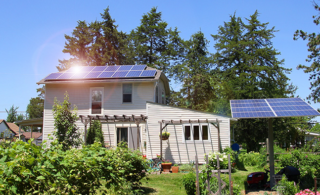 Organic Home Gardening Tips to Feed Your Whole Family
Organic Home Gardening Tips to Feed Your Whole Family 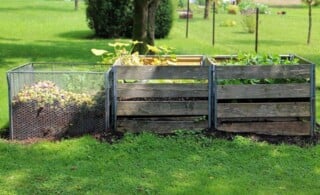 Composting and Landscaping at Home
Composting and Landscaping at Home 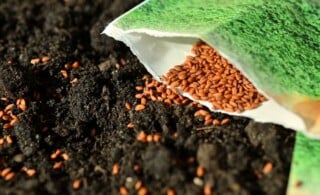 Home Gardening Tips: From Composting To Herb Gardens
Home Gardening Tips: From Composting To Herb Gardens 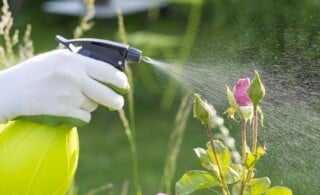 Gardening Hacks to Protect and Nourish Your Plants
Gardening Hacks to Protect and Nourish Your Plants 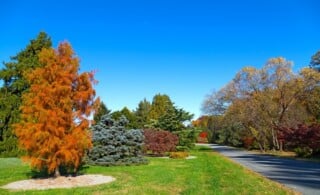 Backyard Tree Identification Guide
Backyard Tree Identification Guide 

Are You Familiar With This Topic? Share Your Experience.